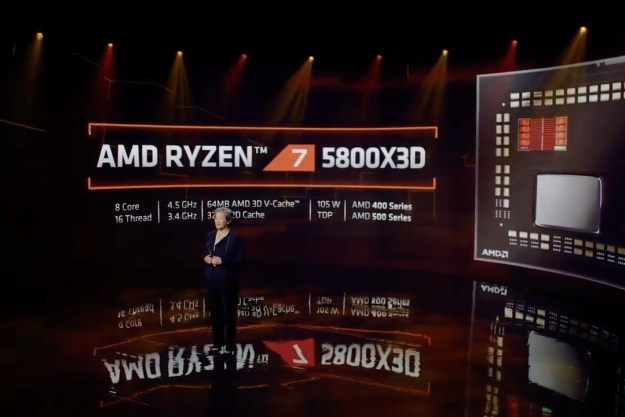3D modeling isn’t for everyone. First of all, it’s super expensive; unless you feel like reverting into your stereotypical university persona and eating noodles for a year or so, you won’t likely be able to afford one. Secondly, it’s still pretty much a niche market, partly due to its price range, but also because the supporting technology simply isn’t very user friendly yet. But into this market comes 3Digify Technologies, which has now launched its in-house 3Digify software on Kickstarter. It appears to be a user-friendly and affordable alternative compared to much of the competition.
3D scanning is primarily done by professionals, as in the game or movie industry, as well as by tech enthusiasts. But even within the professional realm, it’s still limited to those who can afford it. Some of the more affordable alternatives cost above $3,000. You’d often be better off, though, hiring a 3D artist than someone who works with clay and then scans their work — and who might go broke in the process.
But what if you could skip the meddlesome process of modelling in 3D and go with a hands-on approach? Assuming you’re in the game development or movie industry, this would slim the work process down to capturing, scanning, and animating. And if the software would also automate the texturing process, then all the better. You could add personal touches in a 3D-modeling studio of your choice after importing the scanned model.
3Digify essentially requires three pieces of equipment to function along with your computer; one projector and two cameras. The cameras yield 3D measurements based on their resolution and the size of the object. Textures and displacement mapping are included. The projector analyzes the distance to the object and its approximate size. But even the projector provides basic 3D data on the object in front of it, and together the three devices sample your scanned object and upload it to 3Digify’s custom computer software. From there you can export it in a file format of your choice and either upload it to pages like Sketchfab or use your 3D printer to “copy > paste” to your heart’s content.
Two major factors drive this product’s potential success: It has high customization options, and thus the cost depends on what quality you’re looking for. A minimum from the company lands at around $135 and that includes two Logitech C270 Webcams and one Crenova XPE300 projector. Of course, you wouldn’t be getting the same results as in the images above, but you’d be free to upgrade to other hardware whenever you felt like it. The company notes that while it’s possible to use two different camera models it would likely come with scanning artifacts, therefore they recommend using the same model for both cameras.
The project is spearheaded by three former university students who say they’ve spent the last six years conducting research that has resulted in the 3Digify software. If the project is a success they’ll be providing the front-end capture as open source along with basic scanning software, though it will be in a limited resolution. Anyone interested in more features will have to either acquire a subscription once the software launches or pay somewhere north of $100. Those who do so will get access to high-resolution scanning, normal and displacement mapping, color mapping, and metric export.
With 28 days left in the campaign the company has received backing for $7,000 of its $60,000 goal. So while there certainly seems to be some interest, the coming weeks will reveal whether or not the Kickstarter flips or flops. The company is targeting a release in October 2016.
According to the founders of 3Digify, what projector you use doesn’t really matter as long as it can be connected to your computer. In theory the same goes for the two cameras, and as communication issues are worked out, more cameras will be supported over time.
Editors' Recommendations
- AMD’s latest V-Cache chip proves to be cheap, fast, and perfect for gaming
- AMD is bringing 3D V-Cache back to Ryzen 7000 — but there’s a twist
- AMD Ryzen 7 5800X3D details leak, and there’s some bad news
- AMD teases performance of its revolutionary 3D V-cache chip
- Fighting football injuries with 3D-printed, hyper-personalized pads



